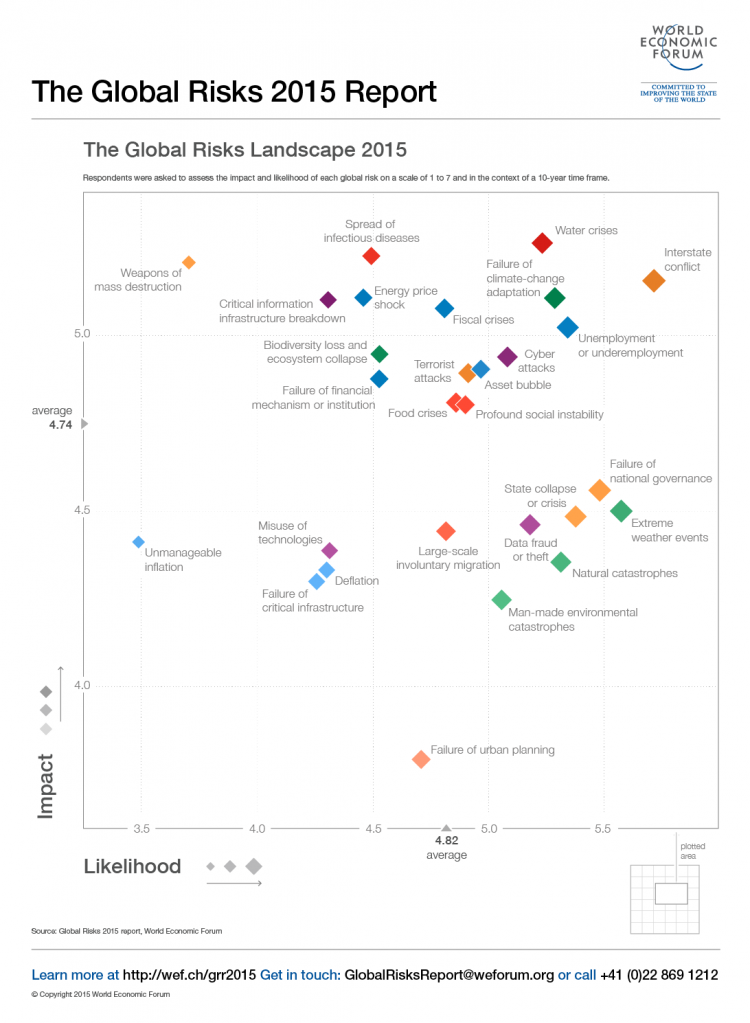How I Evaluate Risk in Microcap Mining Stocks Free Leadership Training Tutorials Articles
Post on: 3 Июнь, 2015 No Comment

Wolf Stone asked:
Investing involves an element of risk. It is up to the investor to learn and understand the risks inherent in the stocks/bonds/futures/options/warrants, indexes etc. they invest in. Since no one can fully comprehend or foresee all the risks associated with their investments and even if they come close to doing so they always run the risk of being wrong or coming up short, risk is never eliminated. So all one can do is try and invest in instruments/vehicles that offer the best risk vs. reward propositions so as to tilt the scales of successful investing in your favor. Since I assess risk using subjective criteria, I’m going to try and outline them here as best I can.
Assessing Risk
>My first method of minimizing risk is by looking for companies with management that have proven track records. So in my case when I scour for junior mining stocks, I try to pick out stocks with management that have previously discovered ore bodies and built mines. While there maybe a number of competent managers and geologists out there leading mining companies, I simply can’t tell the good from the bad. So, I try and only invest in companies where management has had previous experience in building successful share-holder friendly mining companies. There are a number of these guys who have previously discovered ore bodies and built mines, guys like Robert Quartermain, the Lundin family, John Prochnau, Ronald Netolitzky, the Hunter Dickinson Group, Ross Beaty, Simon Ridgeway, Roman Shklanka, Ron Paratt and many others. So this is one way I try to minimize risk by investing in people with proven track records however, I do sometimes deviate from this guiding rod.
>The only other reason, I would deviate from investing in a company with proven management is when I find a company with a very prospective property (previously mined/ has an existing ore body/very good drill results). Given that the viability and allure of a property is usually only found out after drilling, I am willing to sacrifice some of my exploration upside in exchange for some factual geological information. So my game plan in cases like this involves waiting for a couple rounds of drill results and then interpreting the results to determine whether or not I want to invest in the company.
>Minimizing risk can also be done through diversification. I try to diversify my stock picks across different countries and commodities, in order to spread out the geopolitical and sector risk as best I can. Since I can’t predict what a government might do (in spite of their promises) to alter an industry and what external unforeseen changes might dramatically change the supply/demand balance of a commodity (like what the flooding at Cameco’s Cigar lake mine did to the price of Uranium) diversifying is one of the ways I use to mitigate my risks.

>Another way I try to minimize risks is by buying either exploration companies with tiny market caps (under $40 million) or buying near term producers. I like to buy exploration companies when their market caps are under $40 million because I feel this offers me the best risk/reward proposition. When I take a risk I want to offered huge potential returns. So if I buy an exploration company with a market cap under $40 million, should the company hit a good drill hole or find an ore body the returns on the stock can be upwards of 100, 300,500 or even 1000% but the downside is not that significant since the market cap is already tiny to begin with.
The reason I like to buy near term producers is because firstly, these companies have the ability to take advantage of prevalent commodity prices (as opposed to many existing producers that may have hedged their production at much lower prices) and secondly when a company (stock) shifts from being an exploration company to a producer the stock get revalued and receives a higher multiple for being a producer thereby giving the stock price a nice pop.
>So this is pretty much how I evaluate the risks associated with speculative mining stocks. My ideal stock would have a tiny market cap (relatively undiscovered by the market) experienced and seasoned management with a world class property/asset in a geopolitically safe country. Since this is often not the case with speculative mining stocks which frequently exhibit only a couple of my criteria while excluding others, I use position sizing as my final step to reduce risk. Stocks which satisfy 2 or less of the conditions I have stated above only call for a half position. For stocks that satisfy 3 of the conditions I have stated above, I take a 75% position and for a stock that exhibits all 4 conditions I take a full 100% position. For stocks that satisfy less than 3 of the conditions, I often take an initial position in the stock and wait for further developments to determine whether I should further add to my position or reduce it.
Happy & Successful Investing!!














